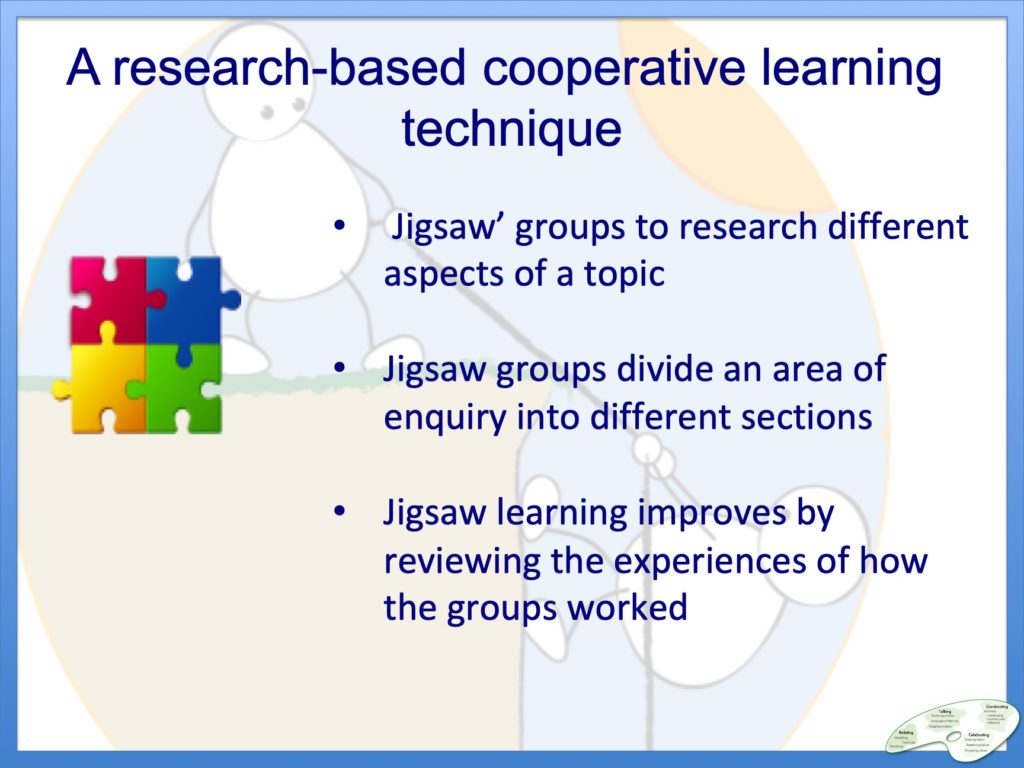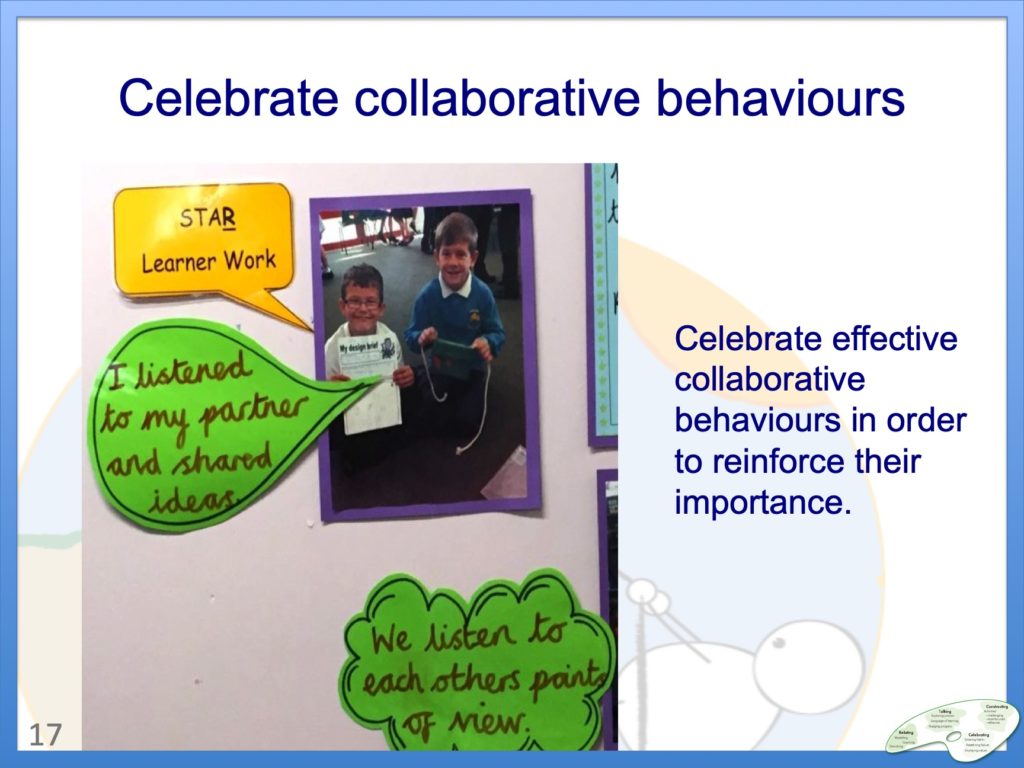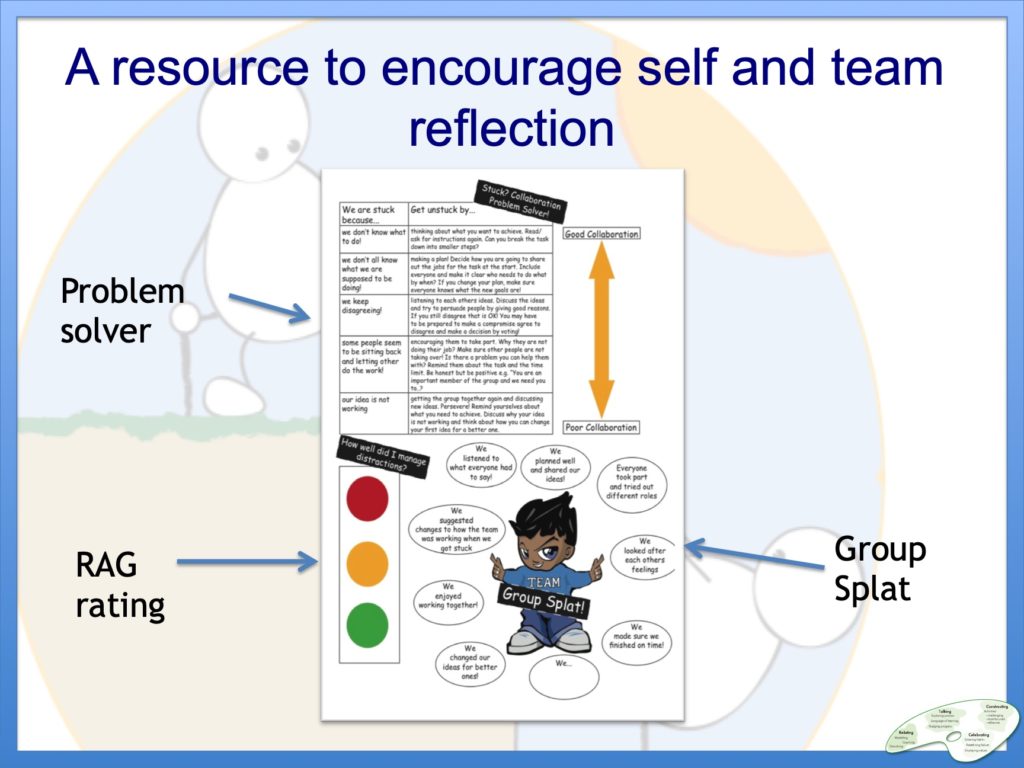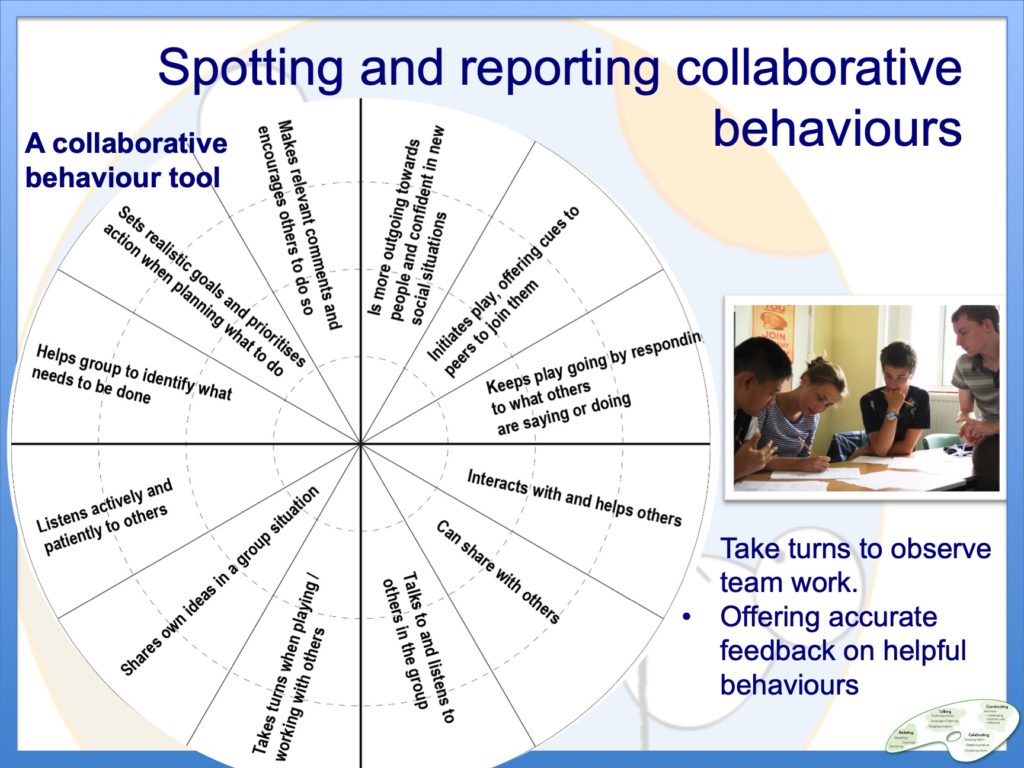Making meaning through reflection.
A defining condition of being human is that we have to understand the meaning of our experience.
—Jack Mezirow
There’s a tendency to go through life viewing our experiences as just that – experiences – rather than seeing them as opportunities for learning. But in building powerful learners we want students to get into the habit of linking and constructing meaning from their experiences, and this requires reflection. Reflecting on our work enhances its meaning. Reflecting on experiences encourages insight and complex learning.
Reflection can get short shrift in classrooms where it’s sometimes seen as something that happens at the end, if there’s time. So, when we ask students to reflect on an assignment or their teamwork activities they often don’t know what to do: “What am I supposed to do? How do I ‘reflect’? I’ve already completed this assignment! We’ve done that, why do we have to think about it anymore?”
If we want students to get in the habit of reflecting deeply on their work and use Learning Powers — such as showing flexibility in learning (revising), thinking about learning (meta-cognition), and remaining open to continuous learning — we must organise strategies for students to derive rich meaning from their experiences.
1. Offer rich activities to structure whole-class collaboration.
- Jigsaw methodology is used in all phases of education and importantly builds a climate of interdependence in the classroom, as each person’s activity is necessary for their colleagues to be able to learn.
- The Jigsaw idea is to divide an area of enquiry into different sections, each one of which is allocated to a sub-group of the class (Aronson and Patnoe, 1997).
- There are two phases to jigsaw groups:
- Phase I, the sub-groups become temporary experts in their section of the project by researching what is needed. i.e. Red group with students A,B,C,D, work on one subset of the project. Blue group with students A,B,C,D, work on another subset of the project and so on
- Phase II a new set of groups is then put together, each new group made up from ‘experts’ from each subset of the project i.e. all the A’s in a group. All the B’s etc.
- Now the big picture of the project focus is created – students begin to create a grasp of the whole picture through each of their own efforts and understandings.
- Invite students to reflect on their learning to:
- compare intended with actual outcomes
- evaluate their metacognitive strategies…what helped us to collaborate when? how did we handle disagreement?
- analyse and draw causal relationships
- pull together meanings
- apply their learning to new situations
- gain personal insights and learn from all their experiences.
- Where might you incorporate jigsaw groups into your curriculum?
2. Capture and celebrate collaborative behaviours
- Reinforce good collaborative behaviours by capturing them on camera as they happen.
- Take photographs when you notice students playing and learning well together
- Display them on a ‘Collaboration Wall’ or in a special book
- Look at and talk about these displays regularly with the students.
- Which collaborative learning behaviour have you celebrated and explored with your students this week?
3. Nudge reflective behaviours with useful resources
- The Learning Mat is a simple tool to encourage students to become more self-aware of how they are using this learning habit. An A4 laminated sheet is kept on tables or a larger version used as part of a wall display. It shows various aspects of the learning habit which students refer to during lessons to:
- help them to monitor their teamwork actions as they go along
- use the collaboration problem solver prompts to help them know what to do when they get stuck as a group/team.
- use them as a team self-assessment tool (how well did we: listen, change our ideas, finish in time?)
- enable them to join in meta-cognitive talk.
- How effective are your students at meta-cognitive talk relating to collaboration?
- What could you do to improve it?
4. Train students to observe and offer feedback on collaborative behaviours
- Help students to deepen their understanding of collaborative behaviour by formally observing what happens in teams
- Offer students checklists or other observation tools to help focus their observations
- Encourage observers to discuss their observations with the teams and reflect on how the team learned together
- How might you help your students to observe teamwork and offer feedback effectively?
Look ahead
- Which of the above ideas would work best with your class or group of students?
- Make a plan for what you will try next year.
- Notice what happens as you make the changes.
- Build up your observations of students accumulating collaborative skills over time.






No comments yet.